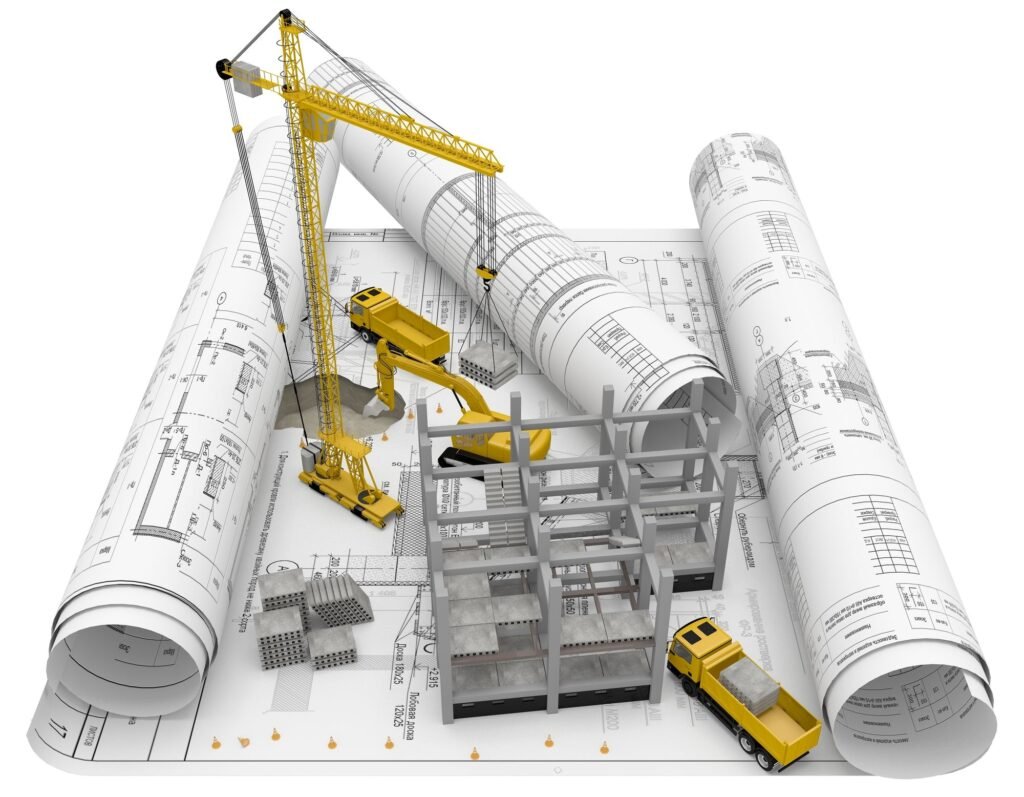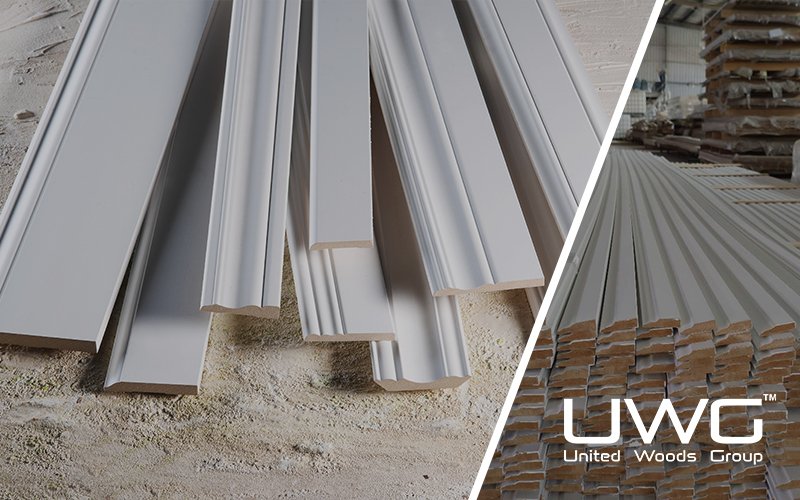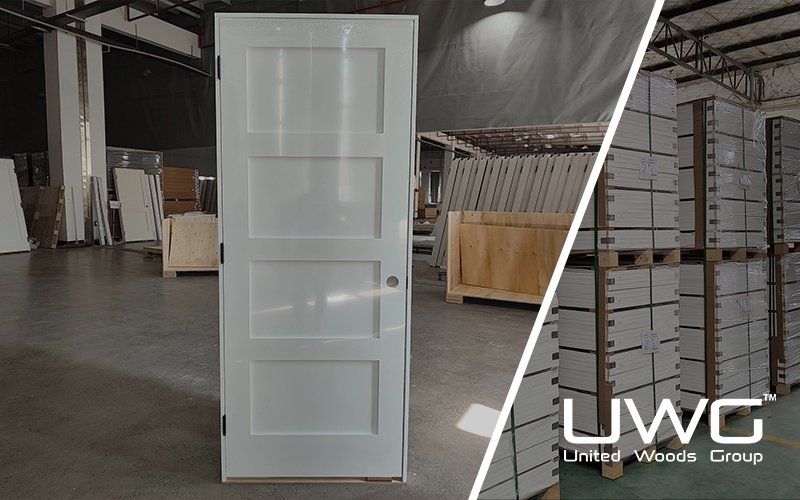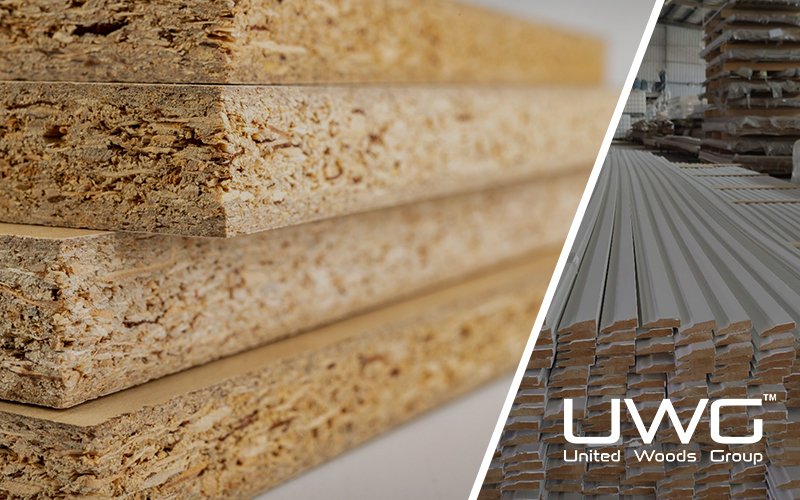Material inflation has disrupted construction budgets across the globe. Builders now face unpredictable costs, tighter profit margins, and the risk of incomplete projects. As prices for cement, steel, and timber soar, the pressure mounts. But by adjusting budgets strategically, builders can stay profitable and resilient—even during turbulent economic times.
Builders can adjust construction budgets amid material inflation by integrating buffer costs, utilizing inflation calculators, securing early procurement deals, and renegotiating contracts to reflect market volatility. A dynamic, flexible budgeting approach is essential—one that adapts to inflation trends, accounts for built-in inflation, and utilizes real-time data. Professional strategies like cost forecasting, project phasing, and using software tools can ensure that rising material prices don’t derail profitability or timelines.
Let’s break down exactly how material inflation affects the industry—and how builders can smartly manage construction budgets to reduce risk and protect their bottom line.
What are the effects of material inflation on construction?
- Immediate Cost Explosion
Global supply chain disruptions and energy crises have driven a 25–45% surge in concrete, steel, wood, and insulation prices, crippling project budgets. Contractors face 15–30% procurement overruns within 90 days of contract awards, forcing developers into a lose-lose scenario: absorb 8–12% profit margin erosion (vs. a 9.2% five-year average) or endure 6–18 month delays renegotiating fixed-price terms.
- Compounding Risk Amplification
Labor costs now rise 8–12% in tandem with materials, creating a double squeeze on margins. Contractors, hedging against future volatility, add 18–25 basis points to bids, reducing competitiveness by 22%. Cash flow cycles extend 45–60 days as payment disputes over cost allocations proliferate, while 27% fewer speculative projects receive financing due to investor caution.
- Forced Industry Evolution
Adaptation strategies are emerging: 31% of new contracts now include material escalation clauses, and modular construction cuts timelines by 40%. AI-driven material optimization saves 12% on average, while regional sourcing diversification rises 29%. The crisis underscores the need to shift from rigid cost-passing to dynamic risk frameworks integrating real-time inflation forecasting and flexible contracting.

How do you manage a construction budget with inflation?
Effectively managing construction costs during inflation requires proactive planning and adaptive strategies. Begin by forecasting inflation trends using industry reports and economic indicators, then allocate contingency funds (10–15% of material budget) to absorb unforeseen price hikes. Implement value engineering to identify cost-saving alternatives—such as substituting premium materials with durable, affordable options—without sacrificing quality. Secure fixed prices early through long-term supplier agreements or bulk purchasing to mitigate future volatility.
Leverage construction inflation indices (e.g., Turner Building Cost Index) to track year-over-year price changes and adjust budgets dynamically. Maintain transparent communication with clients, subcontractors, and investors, explaining how inflation impacts timelines and costs. Regular updates foster trust and enable collaborative problem-solving, such as phasing projects or reallocating resources.
Finally, adopt flexible contracting models, like cost-plus or guaranteed maximum price (GMP) agreements, to distribute risk fairly. By combining data-driven forecasting, strategic sourcing, and stakeholder alignment, teams can navigate inflation while preserving project viability and client confidence.

What strategies can help adjust budgets during rising material costs?
- Early Procurement – Purchase high-volatility materials as early as possible.
- Flexible Contracts – Include clauses that allow adjustments based on inflation rates.
- Modular Construction – Speeds up building and reduces exposure to prolonged inflation.
- Use Project Management Software – Real-time tracking tools help identify budget risks early.
- Phased Budgeting – Divide large projects into phases with separate budgets to adapt over time.
These strategies reduce exposure to unpredictable price hikes and help keep cash flow steady.

How to use a construction cost inflation calculator effectively?
A construction cost inflation calculator helps project future material prices based on historical inflation rates and indices like the Construction Inflation Index. To use one:
- Input the base material cost from your estimate.
- Add the relevant annual or quarterly inflation rate.
- Choose a time span (6 months, 1 year, etc.).
- Review the output to determine buffer costs.
These calculators help you adjust your initial budget realistically—especially for long-term projects.

Built-in inflation: Should builders prepare for long-term price hikes?
Yes—built-in inflation is now a lasting challenge in construction. Supply chain disruptions, geopolitical risks, and energy costs have made material price volatility the norm, not an exception. Builders must abandon short-term fixes and adopt long-term inflation strategies: factor multi-year price trends into budgets, use annual escalation clauses in contracts, and explore stable alternatives like engineered materials or recycled steel.
Proactive planning—such as diversifying suppliers and locking in fixed prices for key components—is no longer optional. By treating inflation as a core cost factor, not a temporary risk, builders can safeguard margins, maintain client confidence, and ensure project success in an era of persistent price instability.

Professional Tips to Future-Proof Your Construction Budget
Here are some expert-backed strategies to help builders safeguard their projects against future inflation:
- Use Real-Time Market Data – Always reference the latest construction inflation index before budgeting.
- Negotiate Escalation Clauses – Protect your margins in long-term contracts.
- Review Budgets Quarterly – Frequent revisions help keep your estimates accurate.
- Train Your Team – Educate procurement and estimating teams about inflation-aware practices.
Future-proofing means shifting from reactive budgeting to proactive financial planning.

Summary
Material inflation is reshaping how builders approach budgeting. By using forecasting tools, flexible contracts, and professional insights, you can build resilience into every project. Have questions or strategies that work for you? Share this post with your network—or bookmark it for your next budgeting session.







